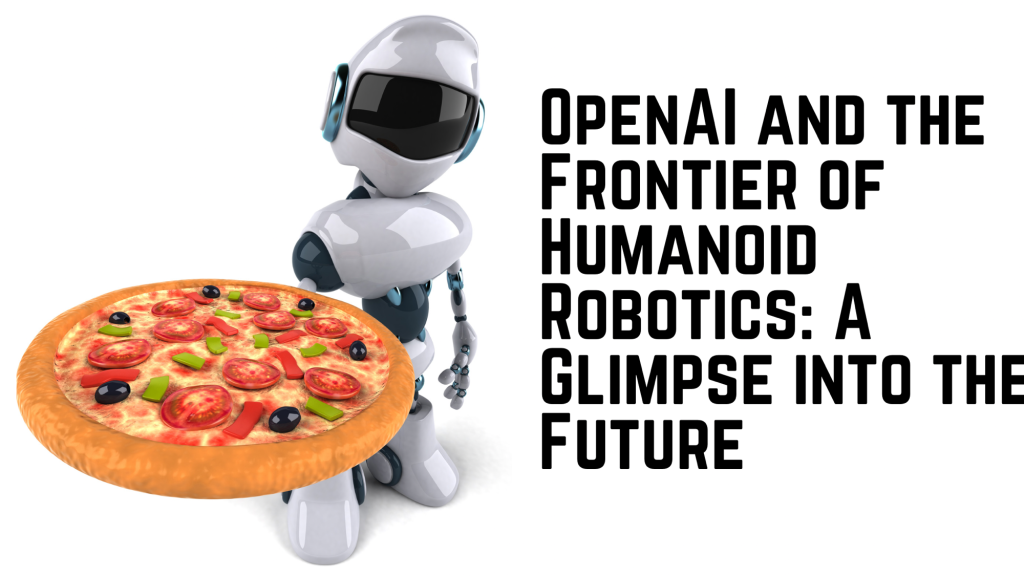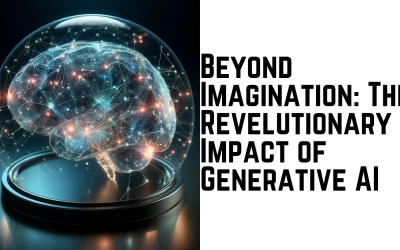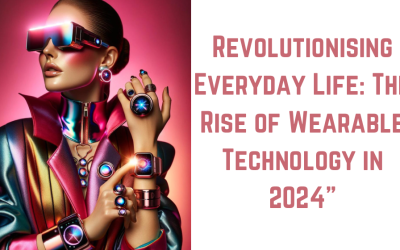OpenAI and the Frontier of Humanoid Robotics: A Glimpse into the Future

In an age where technology leaps seem to occur in the blink of an eye, OpenAI, a leading figure in artificial intelligence research, has yet again captured the world’s imagination with its foray into humanoid robotics. As a prominent entity dedicated to ensuring that artificial general intelligence (AGI) benefits all of humanity, OpenAI’s exploration into humanoid robots represents a significant milestone in the intersection of AI and robotics.

The Genesis of Humanoid Robotics at OpenAI
The journey into humanoid robotics is a natural progression for OpenAI, stemming from its extensive work in AI and machine learning. With its groundbreaking achievements in natural language processing and deep learning, OpenAI has built a solid foundation to venture into the complex and thrilling domain of humanoid robots. These robots, designed to mimic human appearance and behavior, stand at the forefront of technology’s ability to blend seamlessly into our daily lives.

The Vision Behind OpenAI’s Humanoid Robots
OpenAI’s initiative in humanoid robotics is driven by a vision to create machines that can perform tasks with the same efficiency and adaptability as humans. These robots are not just about the replication of human appearance but more importantly, about embodying human-like intelligence and versatility. OpenAI envisions a future where humanoid robots could assist in a variety of settings, from healthcare and elder care to disaster response and space exploration, augmenting human capabilities and addressing critical societal needs.

Technological Innovations and Challenges
The development of humanoid robots by OpenAI involves cutting-edge research in robotics, AI, and machine learning. Key innovations include advanced motor skills, allowing robots to manipulate objects with precision, and sophisticated AI algorithms that enable them to learn from their environment and experiences. However, these advancements come with their own set of challenges, such as ensuring the robots can operate safely and effectively in unpredictable environments and developing ethical guidelines for their use.

The Impact on Society and Industry
The implications of OpenAI’s humanoid robots are vast and varied. In the workplace, they could take on repetitive or dangerous tasks, reducing the risk to human workers and potentially transforming industrial operations. In everyday life, these robots could offer companionship and support to those in need, from the elderly to individuals with disabilities. Moreover, as these robots become more integrated into our lives, they will undoubtedly raise important discussions about the future of work, privacy, and the ethical use of AI.

Looking Ahead: A Future Collaboratively Shaped by Humans and Robots
As OpenAI continues to push the boundaries of what’s possible in humanoid robotics, the future looks promising and full of potential. However, it is crucial that the development of these technologies is guided by a commitment to safety, ethics, and the public good. OpenAI’s foray into humanoid robotics is not just a testament to human ingenuity but also a reminder of our responsibility to shape a future where technology amplifies our collective potential.

In conclusion, OpenAI’s venture into humanoid robotics marks a pivotal chapter in the evolution of AI and robotics. By blending advanced AI with human-like physical capabilities, OpenAI is not just redefining the possibilities within robotics but also laying the groundwork for a future where humans and robots collaborate to tackle the world’s greatest challenges. The journey is just beginning, and the impact of these humanoid robots on society, industry, and our daily lives is yet to be fully realized. However, one thing is clear: the future they herald is as exciting as it is transformative.








I will immediately take hold of your rss feed as I can not to find your email subscription hyperlink or e-newsletter service. Do you’ve any? Kindly permit me recognise in order that I may subscribe. Thanks.